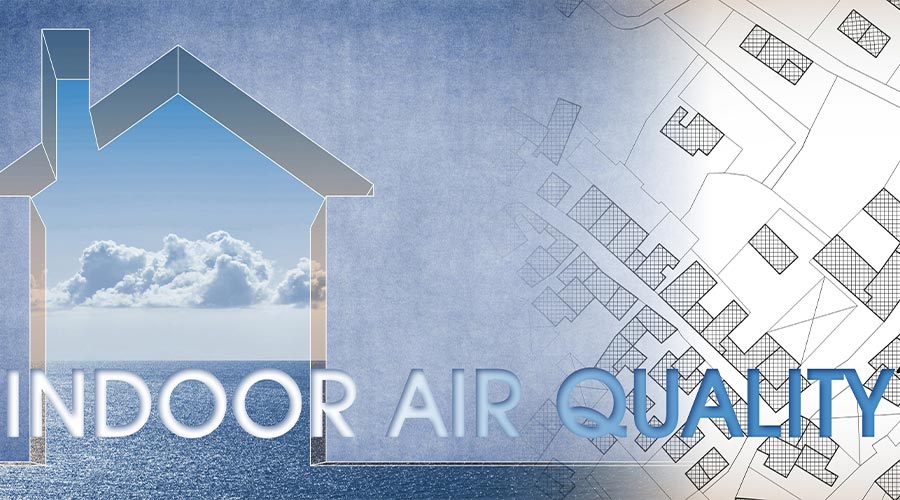
Even though indoor air quality is a complicated, evolving topic, there are steps cleaning managers can take to protect occupants. One of the easiest is using HEPA filters, but only in the right places.
“You want a HEPA vacuum that is properly sealed and uses a dustless bag. That is cut-and-dry,” explains Solomon. But she cautions against just throwing HEPA filters into an HVAC system. “There may be significant unintentional consequences. If your system is not designed for that enhanced filtration, you can collapse the air duct.”
Cleaning managers should also seek alternatives in their janitor's closet. Microfiber, which grabs and holds onto particles, can keep bio pathogens and chemical pollutants from re-suspending into the air to be inhaled or transported to other surfaces.
“What’s on floor, counters, and desks doesn’t necessarily stay on those surfaces,” warns Gerba. Proper cleaning procedures and tools will help prevent redistribution of these particles.
Cleaning chemicals should also be reassessed.
“Many of the older cleaners had a powerful action, but they off-gassed a lot of toxic materials,” says Nelson. “It is an important consideration because of both direct effects on the custodial team and indirect effects from residual toxic chemicals.”
Horton suggests care when looking to green cleaning chemicals for IAQ solutions. He points out that, originally, certifying bodies were looking at these chemicals and their impact on the natural environment. Only in recent years have the chemicals been evaluated for their impact on human health.
“Everything is made of chemicals,” says Horton, “but which ones are safer and less damaging to the IAQ? That is the process that needs a thorough vetting.”
When cleaning to preserve IAQ, Horton also stresses the need to clean equipment.
“Equipment cleaning needs to be part of a regular schedule. This can include the HVAC condenser and coils, ductwork and filters,” he says. “Understanding the HVAC equipment capabilities is critical. For commercial kitchens, it can include deep cleaning, which decreases liability, increases the asset life and function, increases efficiency, lowers emissions, and saves energy.”
Cleaning managers can also look to surface technology that can prevent surface growth of pathogens, and voice opinions on new construction or furnishing materials.
“We spend a lot of time mitigating bad air. Choosing proper building materials should be an important consideration,” says Horton. “When you can’t avoid it, increased ventilation and filtration with special filtration can help — but it is easier to avoid the problem in the first place.”
In the end, with all the mitigation, monitoring, and cleaning in place, there is only one way to know if a building’s air is good. Ask the occupants.
“Even the U.S. Environmental Protection Agency says the only way to know if a sick building is sick is to ask people how they feel,” relates Solomon. “Occupant feedback is so important.”
Amy Milshtein is a freelancer based in Portland, Oregon. She is a frequent contributor to Facility Cleaning Decisions.
Identify and Prevent Poor IAQ Pitfalls

 Celebrating BSCAI's 60th Anniversary eBook
Celebrating BSCAI's 60th Anniversary eBook The Down and Dirty on Cleaning in Virus Season
The Down and Dirty on Cleaning in Virus Season How Surfactant Use is Expanding in Commercial Cleaning
How Surfactant Use is Expanding in Commercial Cleaning